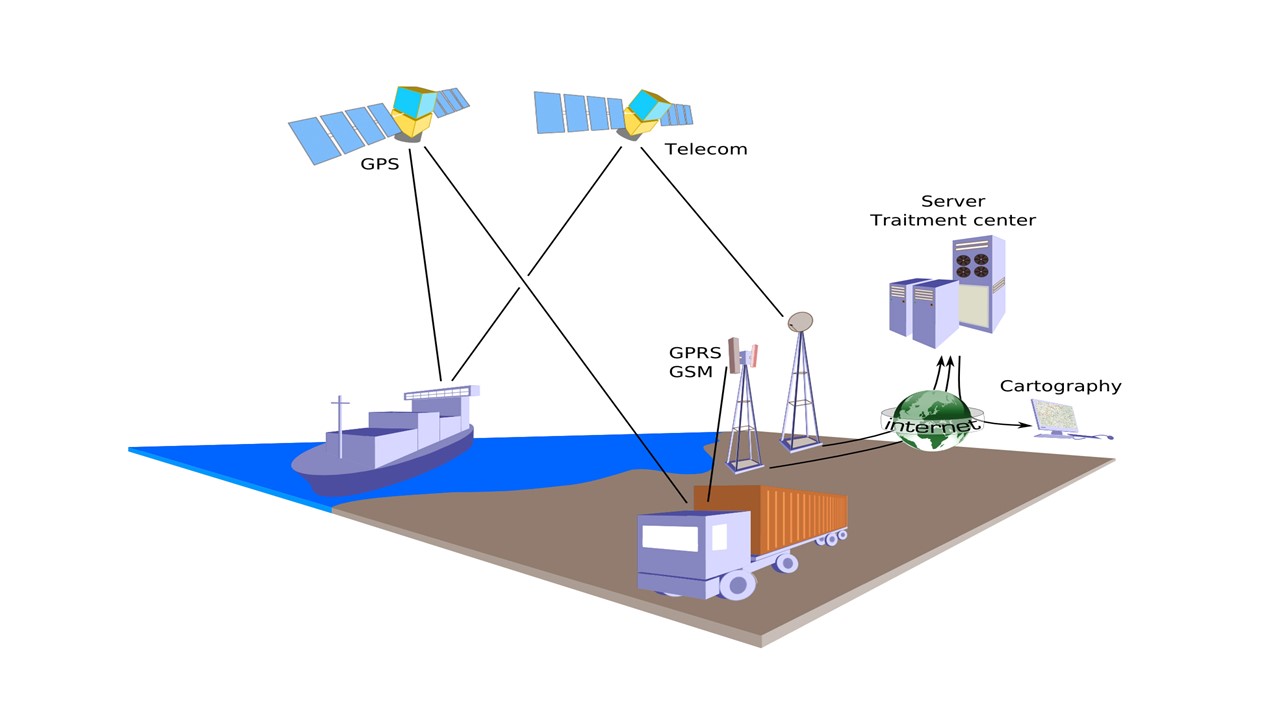

A number of improvements and innovations are driving the adoption of the Industrial IoT (IIoT), helping create a solid value proposition for end users. Various industries are now adopting advanced IIoT technologies to bring improvement in range of different areas. One such area is asset tracking. GPS tracking technologies have been around for a long time and now with all the innovations in the areas of sensors, networking, and connectivity, the technology is well-suited as well as cost-effective to track assets and vehicles in real-time for commercial and industrial applications.

The transportation industry has been the largest user of GPS tracking solutions. Although long-haul fleet carriers represent one of the largest segments, there has been growth in tracking solution sales to various other asset-intensive industries such as automotive, aerospace & defense, mining, and oil & gas. These industries are adopting asset-tracking technologies for tracking and monitoring asset location and statuses to get more visibility into their asset utilization. Industries are also realizing that they can leverage tracking technologies to better manage their assets and to significantly improve asset performance.
Asset tracking technologies offer range of benefits. Some key benefits are listed below:
For industries, such as mining or oil & gas, where they need to maintain and service hundreds of equipment spread over many acres, finding an asset can be a challenge. With exact GPS co-ordinate information, maintenance personnel can easily locate an asset. GPS tracking technologies also help managers access real-time asset status information, as well as historical location and status data. This helps them better understand how their operations are running, and find areas where efficiency can be improved.
A geo-fence is a virtual barrier surrounding real-world geography. With GPS tracking technology, users can set up a virtual boundary for their assets. Whenever an asset goes out of this boundary , they receive an alert or notification. Setting virtual boundaries via geofencing can be extremely helpful for asset managers. First, it ensures that asset is safe and helps avoid theft. Second, it ensures safety. Industries such as mining and oil & gas are by nature hazardous. It is not uncommon for these industries to have restricted areas, where extreme caution needs to be exercised to enter such areas. In case, any vehicle enters these areas by mistake, manager gets instant alert and can respond quickly.
The location data collected with the help of GPS trackers can help managers get better insight on various usage parameters, such as mileage and fuel consumption. By having a better understanding of these parameters, managers can easily evaluate inefficiencies in the transportation process. They may identify assets that are not energy-efficient or wasting fuel with excessive idle time, or not taking optimal routes. End-users can also integrate their tracking data with their other asset management systems for added visibility and better planning.
Based on ARC research and analysis, we recommend the following actions:

